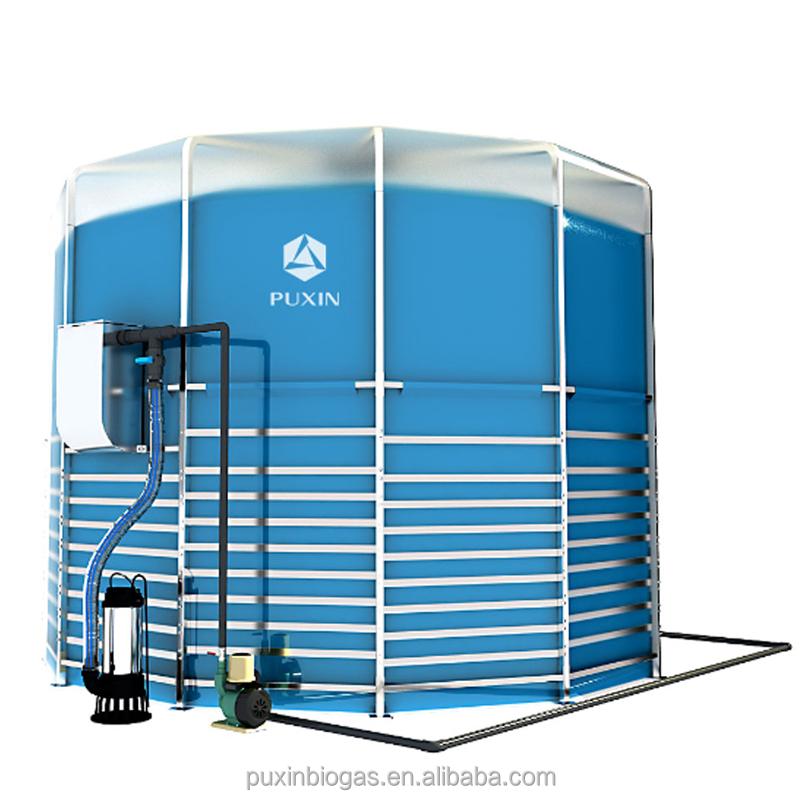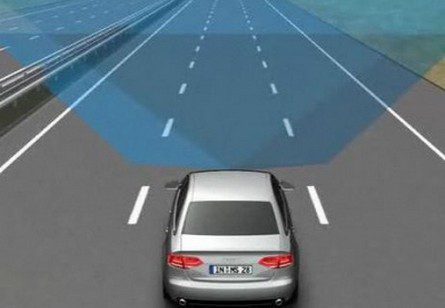
Biogas plant for dogs
On September 1, 2010, the world's first public biogas plant powered by dog waste was launched in a park in Cambridge, Massachusetts. This strange project is an attempt at a new look at waste disposal and obtaining energy from “exotic” ones. sources.
Dog waste is turned into a power plant for the park
The creator is 33-year-old American artist Matthew Mazzotta. His latest creation is called Park Spark. The system consists of a pair of tanks. In one of them, methane (anaerobic) fermentation is carried out, and in the second, the amount of water in the first is regulated. A gas lamp has been installed next to the cisterns. The lamp is supplied with biogas from dog feces. Dog walkers are advised to take biodegradable bags, place them in a container near the lighthouse, collect what the dog leaves on the lawn, and toss the bags into the fermenter. Then you have to turn the wheel on the side of the tank, this will mix the contents inside. The set of bacteria living in the tank starts to work, and after a while, biogas containing methane appears. The more diligent the owners, cleaning the excrement of their dogs into the tank, the longer the eternal gas fire burns.
Project Park Spark on BBC Radio Newshour 9 September 13
The burnt gas is supposed to illuminate part of the space around the plant, but after assembling his system, Mr. Mazzotta ran into a number of problems. At first it turned out that it had too little charge to effectively start the device? and he will have to hire all the dogs in the city to finish it. In addition, the tank had to be filled with the appropriate bacteria, but they were not at hand. In the end, the author and his associates had to make up for both by bringing in cow dung from nearby farms.
Another problem was water. The one used in the Park Spark must not contain chlorine, which is harmful to fermentation processes, i.e. it can't be city water. Several hundred liters of relatively pure H.2Brought from the Charles River. And, despite their best efforts, viewers did not immediately see the advertised methane lamp in action. The fermentation process began, but at the initial stage there was too little methane for the lamp to light up. The authors explained to the viewers that inside the reservoir, the methane bacteria must first multiply to an appropriate amount, in which case their growth was slowed down due to cold nights. More than a week passed before so much gas was generated that it could be ignited.
Unfortunately, its blue flame was so small that it was impossible to photograph it under the bright light of other lanterns. Then it gradually increased and thus finally justified the existence of the entire artistic gas installation. The real effect of the installation is not the brightness of the flame, but the hype in the press. The author counted on the involvement of as many people as possible in the problem of rational waste disposal. According to the artist, a modest light in the lantern is something like an eternal flame, reminding passers-by of the need to protect nature, reduce greenhouse gas emissions and be creative in energy production. The author does not seek to derive any financial benefit from his work.
Large scale biogas
Mazzotta's installation is very interesting, but it is only an echo of much more serious plans. The idea to turn dog waste into energy was born in San Francisco over four years ago. Sunset Scavenger, a waste disposal company then called Norcal, wanted to cash in.
Their experts estimate that in the San Francisco Bay Area, dog poop makes up about 4% of all household waste, rivaling diapers in quantity. And that means thousands of tons of organic material. Mathematically, this is the high potential of biogas. On an experimental basis, Norcal began collecting dog droppings using containers of biodegradable poop bags and baskets to collect filled "bags" in areas most frequented by walking dogs. The crop was then exported to one of the existing biomethane plants.
However, in 2008 the project was closed. The collection of dog droppings in the parks failed for purely financial reasons. Taking a ton of waste to landfill is cheaper than starting a bioenergy project, and no one cares how much fuel you get from it.
Sunset Scavenger spokesman Robert Reid noted that these biodegradable bags, the only ones allowed to be thrown into the methane fermenter, have become a tab on the scale. Most dog owners trained to clean up after their pets are accustomed to using plastic bags, which immediately stop the entire process of methane formation.
If you want dog owners to always have a supply of valuable litter for further processing into methane, you need to place containers with biodegradable bags everywhere. And the question still remains unanswered, how to check if plastic bags are thrown into baskets?
Instead of dog energy, Sunset Scavenger, in collaboration with other companies, began to produce energy "from the restaurant", that is, they began to collect food waste, transporting it to the same fermentation tanks.
Farmers work better
Cows are easier. Herds produce industrial amounts of fertilizer. That is why it is profitable to build giant biogas facilities on farms or agro-communities. These biogas plants not only produce energy for the farm, but sometimes even sell it to the grid. A few years ago, a plant for processing 5 cows' manure into electricity was launched in California. Called CowPower, this project is said to have served the needs of thousands of homes. And BioEnergy Solutions makes money on this.
High tech fertilizer
Recently, Hewlett-Packard employees announced the idea of data centers powered by manure. At the ASME International Conference in Phoenix, HP Lab scientists explained that 10 cows could meet the energy needs of a 000MW data center.
In this process, the heat generated by the data center can be used to improve the efficiency of anaerobic digestion of animal waste. This results in the production of methane, which can be used to generate energy in data centers. This symbiosis helps to solve the waste problem faced by dairy-oriented farms and the need for energy in a modern data center.
On average, a dairy cow produces about 55 kg (120 pounds) of manure per day and about 20 tons per year? which roughly corresponds to the weight of four adult elephants. The dung a cow produces every day can "produce" 3 kWh of electricity, enough to power 3 American TVs for a day.
HP suggests that farmers could rent space to high-tech organizations, providing them with "brown energy". In this case, companies' investment in methane plants will pay off in less than two years, and then they will earn about $ 2 a year from selling methane energy to data center customers. Farmers will have a stable income from IT companies, they will have a convenient source of energy and the image of environmentalists. We would all have less methane in our atmosphere, making it less vulnerable to global warming. Methane has a so-called greenhouse potential 000 times greater than that of CO2. With unproductive manure discharge, methane continues to be gradually formed and released into the atmosphere, and can also pollute groundwater. And when methane is burned, carbon dioxide is less dangerous than it is.
Because it is possible to energetically and economically use what is collapsing in the fields and lawns, and this is especially evident when the winter snow has melted. But is it worth it? But the dog is buried.
